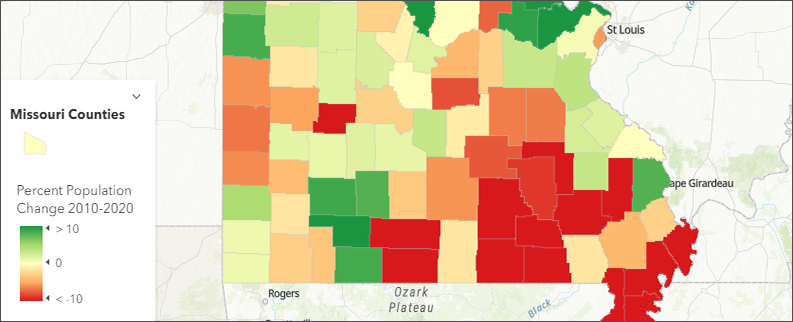MCDC has added two new web applications for browsing the 2020 Census Demographic and Housing Characteristics (DHC) data.
In August 2023, we posted our “standard extracts” (also called profiles) of the DHC data — a set of just over 100 key variables from the ~9,000 table cells in the complete 2020 DHC file. This collection is located in the /data/dhc2020x directory and is also accessible from our data portal page.
The two new web apps facilitate browsing and extracting data from the profiles. The Census 2020 DHC Extract Assistant is a portal for accessing the collection of SAS datasets linked above. Essentially, it’s a easy-to-use, menu-driven front end for the Dexter data extractor, customized for the DHC Profiles collection. Users may use basic presets, or select the “advanced” option to pass through to the standard Dexter form for additional filters. The application can output web tables, CSV files, PDFs, SAS, and DBF data files.
The Census 2020 Profile Report application offers a simple interface for selecting up to four areas and generating a report listing all of the DHC profile values for each selected area. This is the easiest option for quick results.
Geographic coverage for both apps includes:
- Census regions
- Census divisions
- States
- Counties
- Minor civil divisions (county subdivisions)
- Places (cities, towns)
- Metropolitan/micropolitan statistical areas
- Census tracts
- Census block groups
- Census blocks
- Urban areas (complete and state portions)
- Congressional districts (118th Congress)
- State senate districts
- State house districts
- Public use microdata areas (PUMAs)
- ZIP Codes (ZCTAs) within state
- Elementary school districts
- Secondary school districts
- Unified school districts



